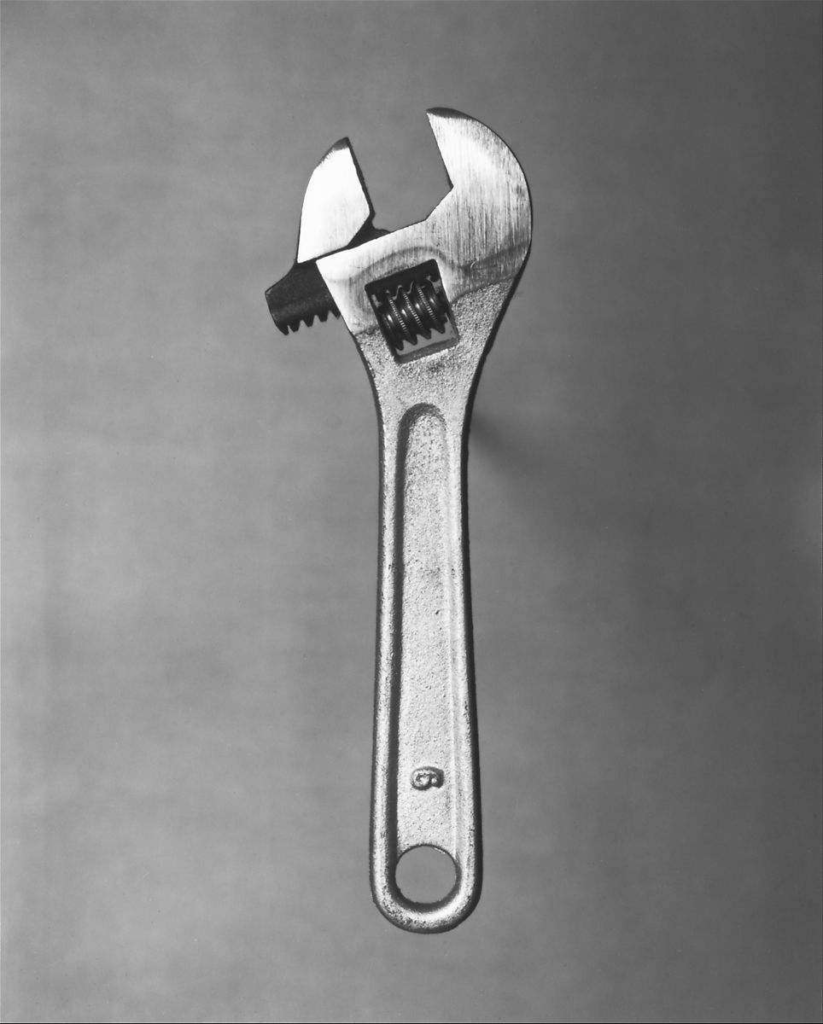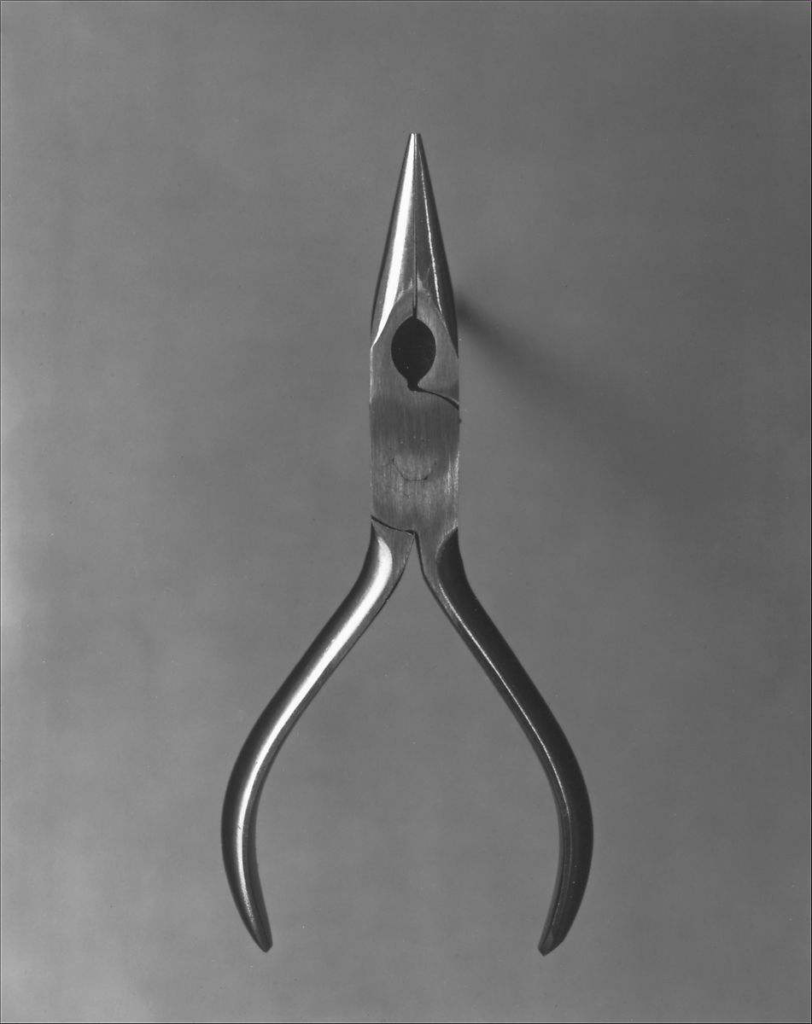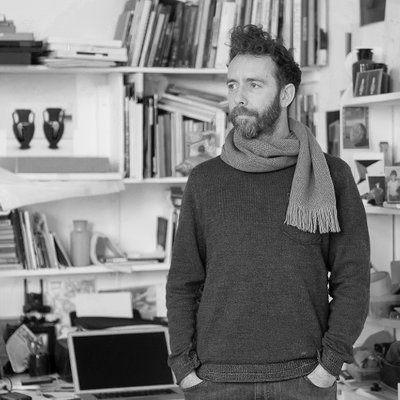walker Evans
Walker Evans began to photograph in the late 1920s, making snapshots during a European trip. Upon his return to New York, he published his first images in 1930. During the Great Depression, Evans began to photograph for the Resettlement Administration, later known as the Farm Security Administration (FSA), documenting workers and architecture in the South-eastern states. In 1936 he travelled with the writer James Agee to illustrate an article on tenant farm families for Fortune magazine; the book Let Us Now Praise Famous Men came out of this collaboration.


walker Evans was a known photographer for taking pictures of tools and self portraits, his photographs were all black and white, reasoning for this is because Walker said “colour tends to corrupt photography and absolute colour corrupts it absolutely.”, I personally believe that the black and while effect makes the photo look more old old fashioned and more realistic almost as if the photograph is ancient.
Darren Harvey-Regan
Darren Harvey-Regan is a graduate of the Royal College of Art. His work has appeared in exhibitions and publications internationally and is part of the permanent photography collection at the V & A Museum, London.

Melding photograph and sculpture, Darren Harvey-Regan (b.1974, England) works in the liminal space where flat representation ends, and three-dimensional object begins. And with the photographic medium straddling object and representation simultaneously, such a place seems an astute location for Harvey-Regan to examine where the two meet. Perplexing, and at times humorous, his photographs act as the subject of his scrutiny but importantly also as the tool that he uses to carry out his procedure, constantly attempting to free himself from the constraints of photographic representation.
Harvey’s work is very similar to Evans work but Harvey’s has more colour and more life to the photo which makes the photograph stand out so much more. His work doesn’t look identical to Evans ad the warm shades of the background, Harvey also uses very different and strange shaped tools which changes the photos whole point of view.
Walker evans
Darren Harvey-Regan



Good start…but you can improve your blog by adding the following
1. A blog post that explores camera handling skills and lighting techniques that we have used. The Canon camera simulator examples are useful for this too.
2. More description and analysis of images (your own and others) in each blog post that has only images
3. A blog post that clearly shows your initial images in lightroom (like a contact sheet)…this can highlight your selections too (as well as edits)